It has been an unusually harsh hurricane season for the United States mainland, but our territories in Puerto Rico and the Virgin Islands might have suffered the worst devastation in the wake of Hurricane Maria, which tore through the Caribbean last week.
The pictures tell the story.




There are around 3.4 million residents of Puerto Rico, with another 100,000 or so inhabiting the U.S. Virgin Islands. The residents of these islands have all the rights of American citizens, but they cannot vote for president. And they are relying on the resources of the Federal Government and the generosity of the American people to help them get back on their feet.
Some in the media have been wondering if President Trump shouldn’t be talking more about Puerto Rico and less about NFL players taking a knee. Not an unfair question, of course, when there’s a humanitarian crisis unfolding that needs the president’s attention. (It should be noted, however, that the media themselves have generally chased after whatever bone Trump throws their way, so their coverage of the devastation in Puerto Rico and the U.S. Virgin Islands can be deemed quite thin).
As it turns out, the U.S. is doing a quite a lot to help Puerto Rico and the USVI in their rescue, recovery, and rebuilding efforts. A spokeswoman for FEMA told RedState that they are working closely with other federal agencies to coordinate the response with Governor Mapp of the USVI and Governor Rossello of Puerto Rico. “Hurricane Maria had devastating effects on the islands, seriously impacting communications, power and logistical access. While significant progress is being made, there is still a long way to go. As access to ports, airfields, and roads continues to become available, additional resources will continue to flow into hard hit areas.”
Doug Domenech, newly confirmed Assistant United States Secretary of the Interior for Insular Affairs, communicates regularly with the governors of both territories. Interior has many employees living on the islands, they oversee national parks there, plus they are the primary interface between the Federal government and the territories. While the department does not provide emergency services, Domenech told RedState that he has been involved in the government’s response, and that “there are tons and tons commodities that are being teed up — being sent or already have been sent.”
“The limiting factor,” said Domenech,”is the sheer logistics problem of moving lots of material anywhere. You can’t really send planes unless you know there’s fuel there to send it back.” Additionally, planes can only be flown in during the day because control towers don’t have power. And when relief planes get there, there isn’t anyone to help unload the supplies.
Ships aren’t faring much better, with many ports being destroyed or unreachable because small ships and boats have sunk, making the waters around them difficult to navigate.
Domenech calls it a “cascading logistics problem.”
The Department of the Interior is on the ground assessing damage to national parks. Sadly, Domenech reports that the park on the beautiful island of St. John has been completely destroyed, and rebuilding efforts could take more than a year.
FEMA reports that a massive inter-department relief effort is underway, including:
- Federal Aviation Administration (FAA) operations personnel are onsite in St. Thomas to evaluate, fix, and install FAA equipment, in support of airport operations.
- The U.S. Army Corps of Engineers (USACE) completed a Blue Roof install on Cyril E. King Airport on St. Thomas, and completed its first residential Blue Roof install on September 23. Installations began on St. Croix yesterday.
- Additionally, USACE has generators on hand in Puerto Rico and St. Thomas, with more en route.
- A Coast Guard mobile communications convoy is en route to Puerto Rico to help improve communications across the storm-impacted area. Coast Guard personnel continue to deliver critical FEMA relief supplies to Puerto Rico and the U.S. Virgin Islands.
- Department of Health and Human Services (HHS) and the DoD conducted medical evacuations for more than 100 patients from the islands to the continental United States. Medical evacuations from the islands will continue. Additionally HHS medical teams are on the ground in Puerto Rico and the U.S. Virgin Islands.
- The National Guard Bureau (NGB) has more than 4,300 Guard members on the ground in Puerto Rico and the U.S. Virgin Islands taking part in security and support operations. The Air National Guard is focused on transporting food, water, and communications capabilities as well as rapidly increasing airlift into affected areas.
- Customs and Border Protection airplanes and helicopters are assisting with conducting damage assessment and search and rescue missions.
Thankfully, progress is being made. A FEMA report from this morning notes: “A total of 346,000 meals were scheduled to arrive in Puerto Rico yesterday, and 168,000 meals and 100,000 liters of water arrived in St. Croix. The SS Wright has docked in St. Thomas with 1,100,000 meals, 27 General Services Administration (GSA) vehicles, and 9,496 hygiene kits.”
The recovery process for Puerto Rico and the USVI will undoubtedly take years. You can keep tabs on the situation by going to www.fema.gov/hurricane-maria.


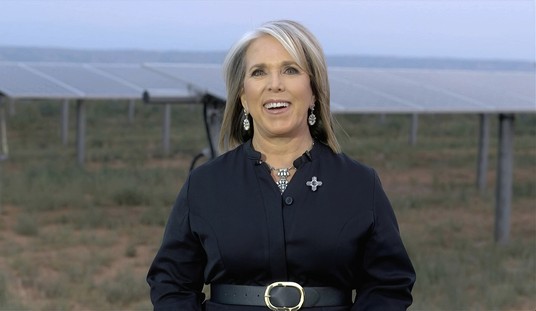

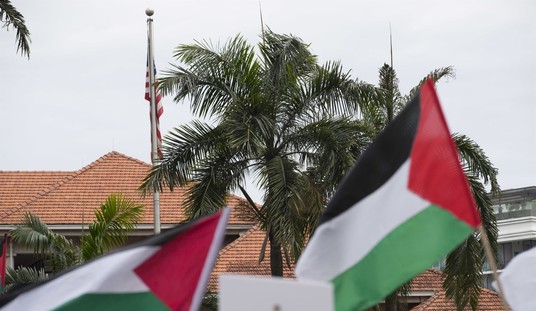
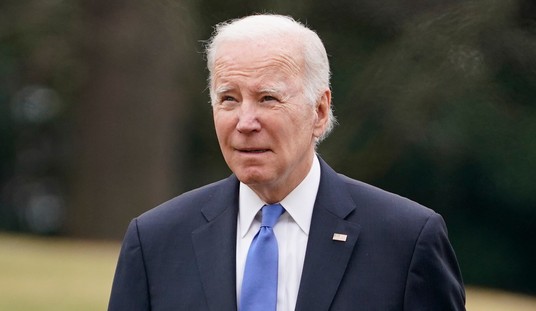
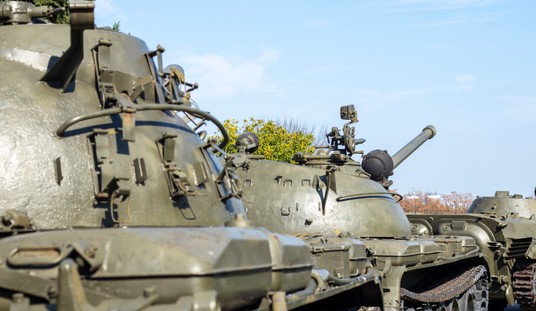


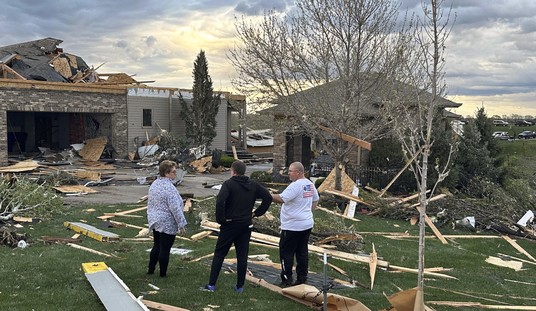
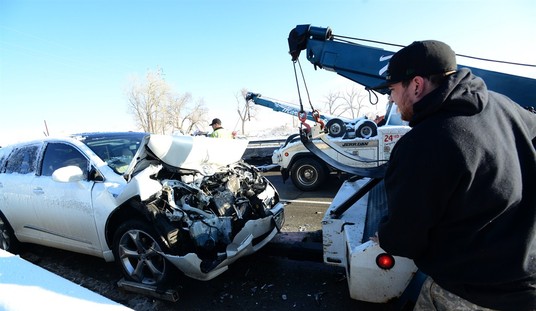


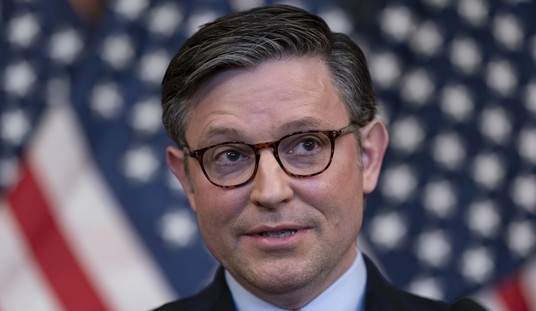
Join the conversation as a VIP Member